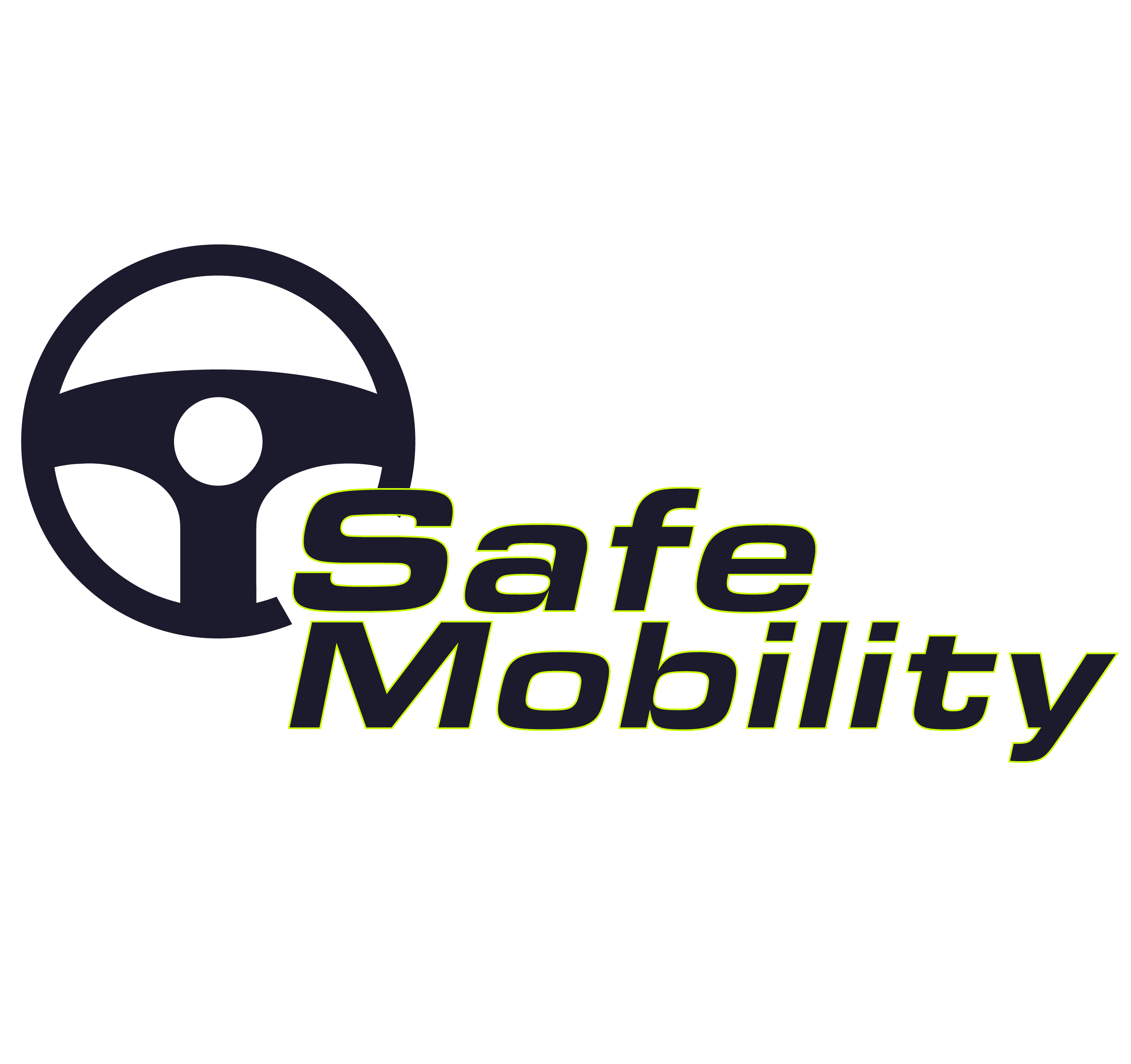- Heavy vehicle operators find it difficult to spot bicyclists riding close to their vehicles. Often, bicyclists are unaware these drivers rely on mirrors to detect other users and thus have significant blind zones. Several design guidelines can improve the safety of interactions between bicyclists and heavy vehicles:
- If heavy vehicles account for a high percentage of traffic, consider installing a buffered bike lane.
- Avoid the use of road features that obstruct the view of intersections (e.g., green infrastructure).
- Impose lower speed limits in areas with high volumes of bicyclists and heavy vehicles.
- Place bike lanes closer to vehicle lanes at intersections. This maximizes visibility in the truck’s right-hand mirror.
- Placing a bicycle box or stop line ahead of the vehicle stop line at intersections can improve the visibility of bicyclists.
- At intersections with high volumes of heavy trucks, consider installing separate signals for bicycles and providing advance green time for bicyclists so they have more time to cross the intersection and are more visible to drivers.
- Maintain a small distance between bicycle and vehicle lanes at intersections to keep views unobstructed.
- Continue bicycle lane markings through intersections. This alerts bicyclists and motorists of potential conflict areas, reinforces that bicyclists receive priority over turning vehicles, improves the predictability of bicycle movements, and increases the visibility of bicyclists.
- Table 29.5 provides suggested lane widths to mitigate conflicts between heavy vehicles and bicycles.
| Table 29.4 Design Guidelines for Shared Bus – Bicycle Lanes | |||||||
| Widths (ft) — One Direction of Travel | |||||||
| Road Conditions | Parking Lane | Buffer | Bicycle Lane | Buffer | Travel Lane | Curb to CL | Curb to Curb |
| All conditions | 8 | 3 | 4 | 2 | 10 | 27 | 54 |
| All conditions | 7 | 3 | 4 | 2 | 10 | 26 | 52 |
| High volume or high truck percentage | 7 | 2 | 4 | 2 | 10 | 25 | 50 |
| Low volume and low truck percentage | 7 | 3 | 5 | 0 | 10 | 25 | 50 |
| High volume or high truck percentage | 7 | 1.5 | 4 | 1.5 | 10 | 24 | 48 |
| Low volume and low truck percentage | 7 | 3 | 4 | 0 | 10 | 24 | 48 |
| Low volume and low truck percentage | 7 | 2 | 5 | 0 | 10 | 24 | 48 |
| All conditions | 7 | 2 | 4 | 0 | 10 | 23 | 46 |
| All conditions | 7 | 0 | 5 | 0 | 10 | 22 | 44 |
| All conditions | 7 | 1 | 4 | 0 | 10 | 22 | 44 |
| Recommended threshold between low and high traffic = 20,000 vehicles per day. Recommended threshold between low and high truck percentage = 10 percent trucks in the vehicle mix. | |||||||
CONTACT:
Chris VanDyke
Research Scientist | Program Manager
chrisvandyke@uky.edu


